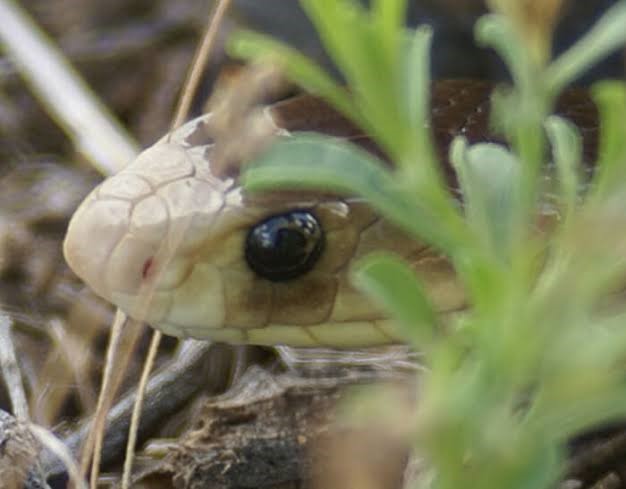Surviving a snake bite.

It is true that Australia is the home of the most venomous snakes in the world. Each year, there are around 3000 bites reported, 300 – 500 hospitalisations and 2-3 deaths. The deadliest snakes in Australia include the Southern Death Adder, the Lowlands Copperhead, the Inland Fierce Taipan, the Gwardar, and the Coastal Eastern Taipan. Most people think that after they are bitten by a snake that they’ll die most instantly, but this is not the case! In this blog we will give you tips how to survive a snake bite!
Snakes bite whenever they feel threatened rather than attacking out of nowhere. When you got bitten, the snake injects some venom into the meat of your limb (so NOT in your blood!). This venom cannot be absorbed into the blood stream from the bite site. Instead, it travels in a fluid transport system in your body called the lymphatic system. Your heart pumps blood around, so even when you are lying dead still, your blood still circulates around the body. Lymph fluid is different, it moves around with physical muscle movement like bending your arm, bending knees, wriggling fingers and toes, walking/exercises, etc. Lymph fluid becomes blood after these lymph vessels converge to form one of two large vessels (lymphatic trunks) which are connected to veins at the base of the neck.
When you are bitten by a snake, the venom has been injected into this lymph fluid (which makes up the bulk of the water in your tissues). The only way that the venom can get into the blood stream is to be moved from the bite site in the lymphatic vessels. The only way to do this is to physically move the limbs that were bitten. So, venom can’t move if the victim doesn’t move, therefore you have to stay still!

One tip to stop the venom from moving towards your blood stream is via a technique which is developed in the 1980s. It’s called Pressure immobilisation bandaging and you can use it for bites from all Australian snakes (including sea snakes), funnel web spider bites (NO other bites from other spiders such as red-back spiders), blue-ringed octopus stings and cone shell stings.
Let us explain you how the Pressure immobilisation bandaging works in a few steps.
Step 1: Call 000
Step 2: Keep the person who has been bitten as still as possible. If it’s possible let him/her lay down to prevent walking or moving.
Step 3: Apply a firm bandage over the bitten area to an area about 10cm above and below the bite.
Step 4: Use an elastic roller bandage over the entire limb (fingers to shoulder or toes to the hip).
The bandage needs to be as firm as for a sprained ankle but not so tight that it causes fingers or
toes to turn purple or white.
Step 5: apply a rigid splint to the limb (piece of wood, branch, or rolled up paper) so that the
patient can’t walk or bend the limb.
Step 6: Keep still await the arrival of the ambulance for transport to the emergency department of the nearest hospital.

There are a few things you shouldn’t do, such as:
- - Do not cut, incise or suck the venom.
- - Don’t apply ice; this might block the blood circulation.
- - Do not EVER use a tourniquet
- - Don’t remove the shirt or pants – just bandage over the top of clothing. Remember movement (like wriggling out of a shirt or pants) causes venom movement
- - DO NOT try to catch, kill or identify the snake! Identifying the snake is no longer needed because the treatment works for all the 5 genus of snakes (Browns, Blacks, Adders, Tigers and Taipens). This means that it doesn’t matter which snake bit you!

Australian snakes tend to have 3 main effects in differing effects.
- Bleeding - internally and bruising
- Muscles paralysed causing difficulty talking, moving & breathing
- Pain - In some snakes sever muscle pain in the limb, and days later the bite site can break down
forming a nasty wound. Allergy to snakes is rarer than winning the lotto twice.
Lastly, you’re only envenomed when you start to show the above symptoms. Only these patients are given antivenom. With these tips you should be able to enjoy Australia without fearing the bite of a snake. And besides, what can be more adventurous then coming home with a tale about how you survived a venomous snake?